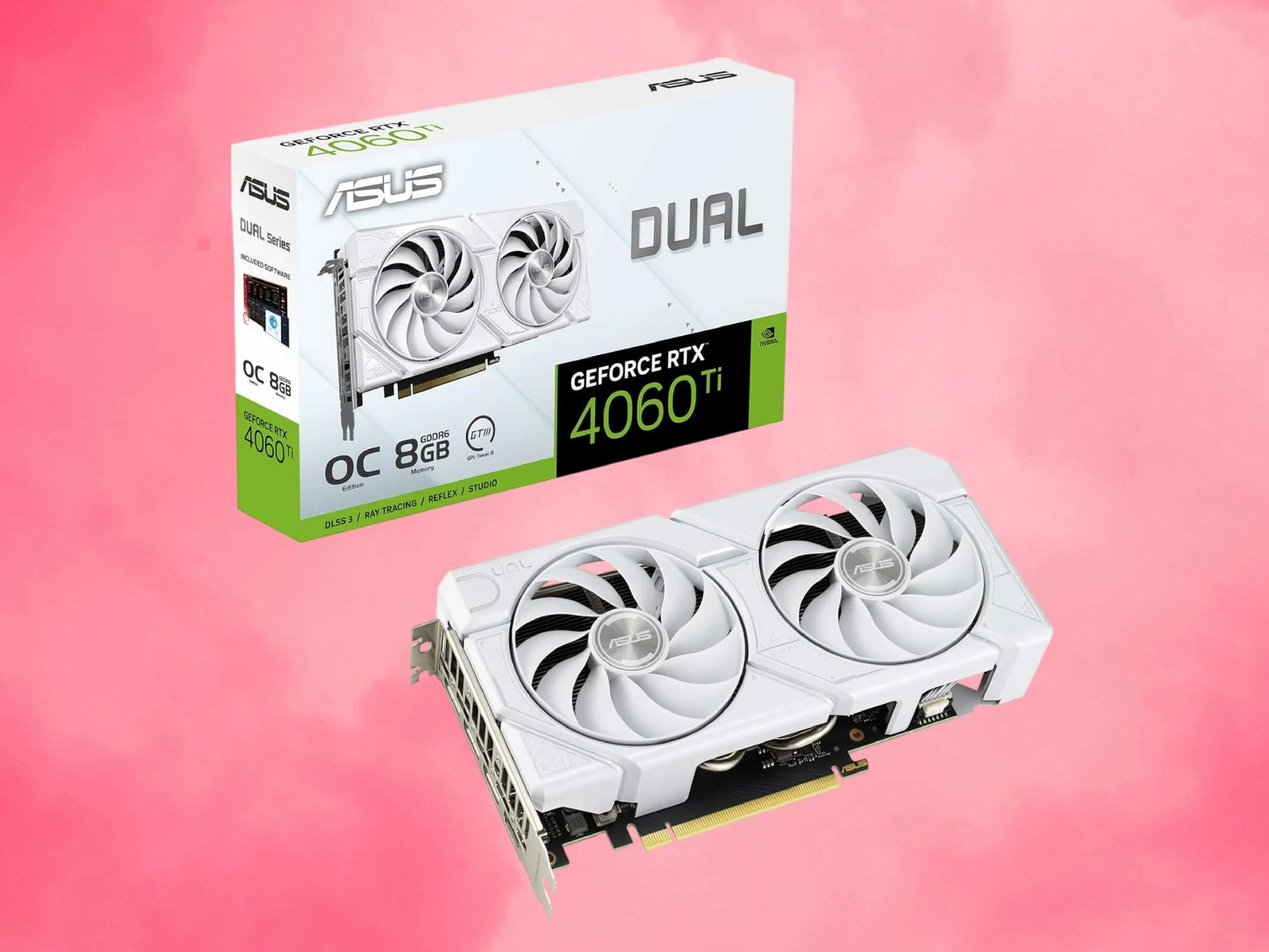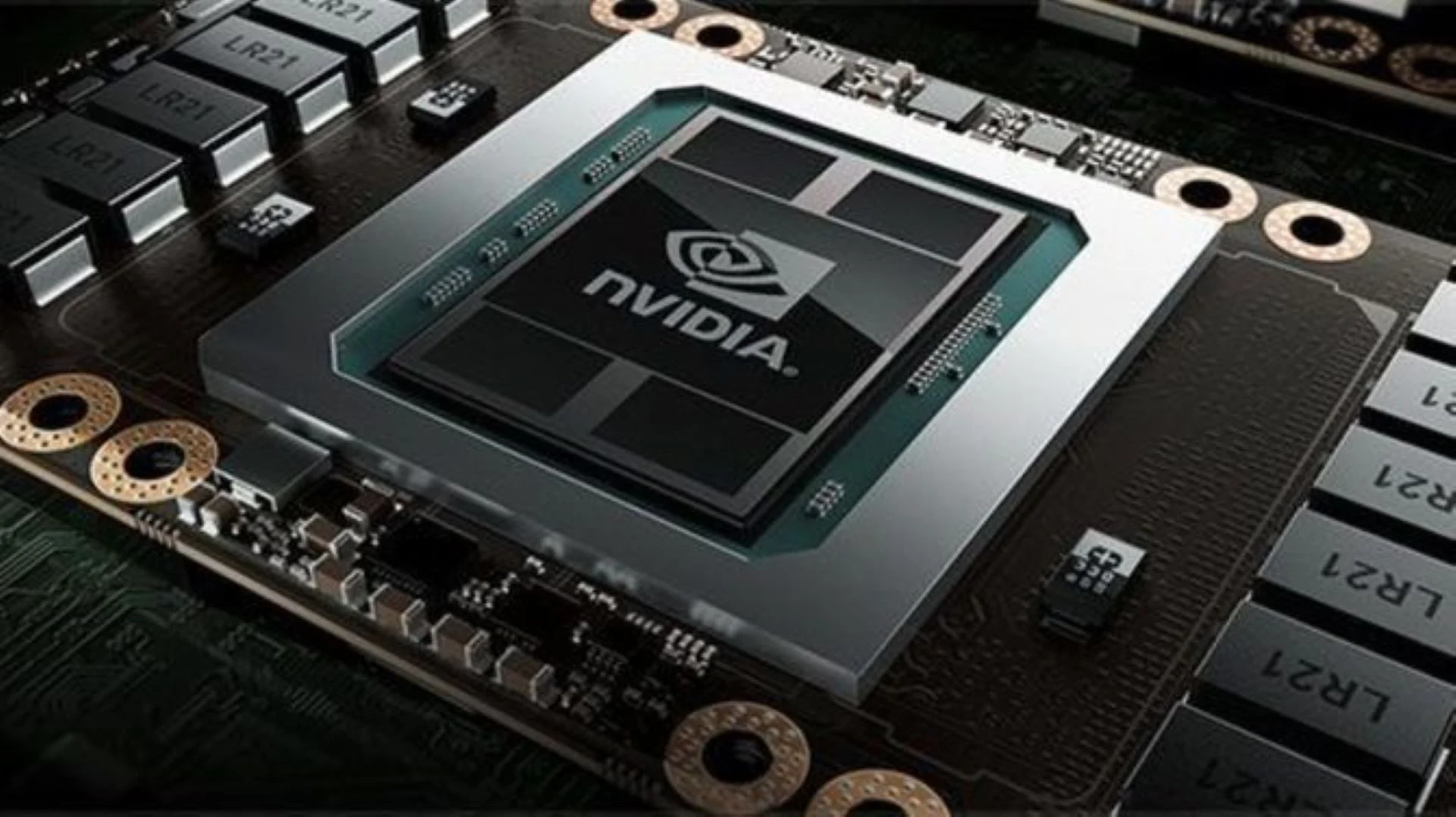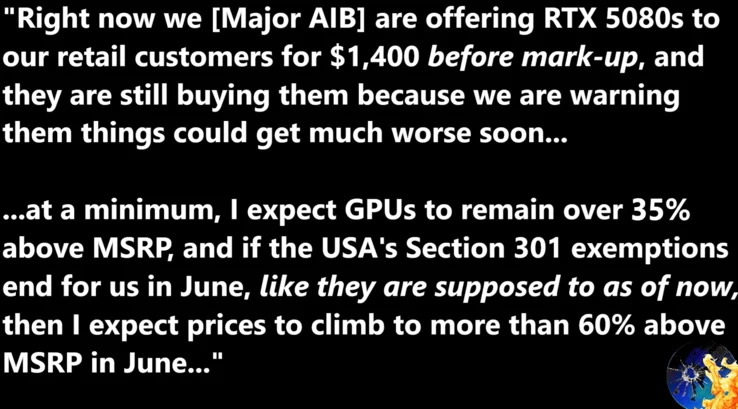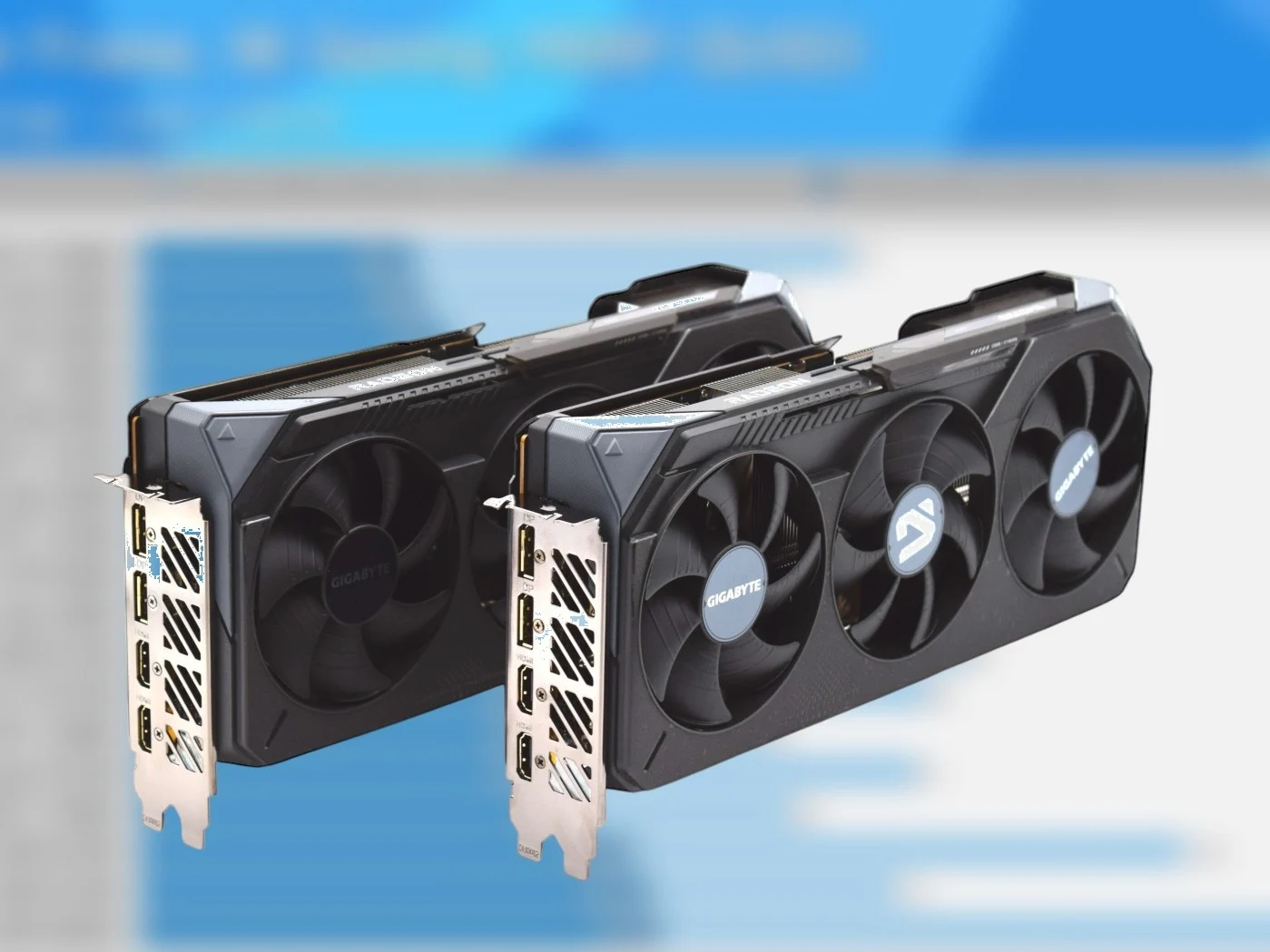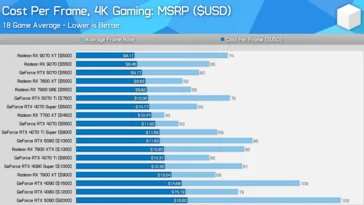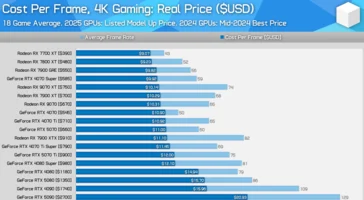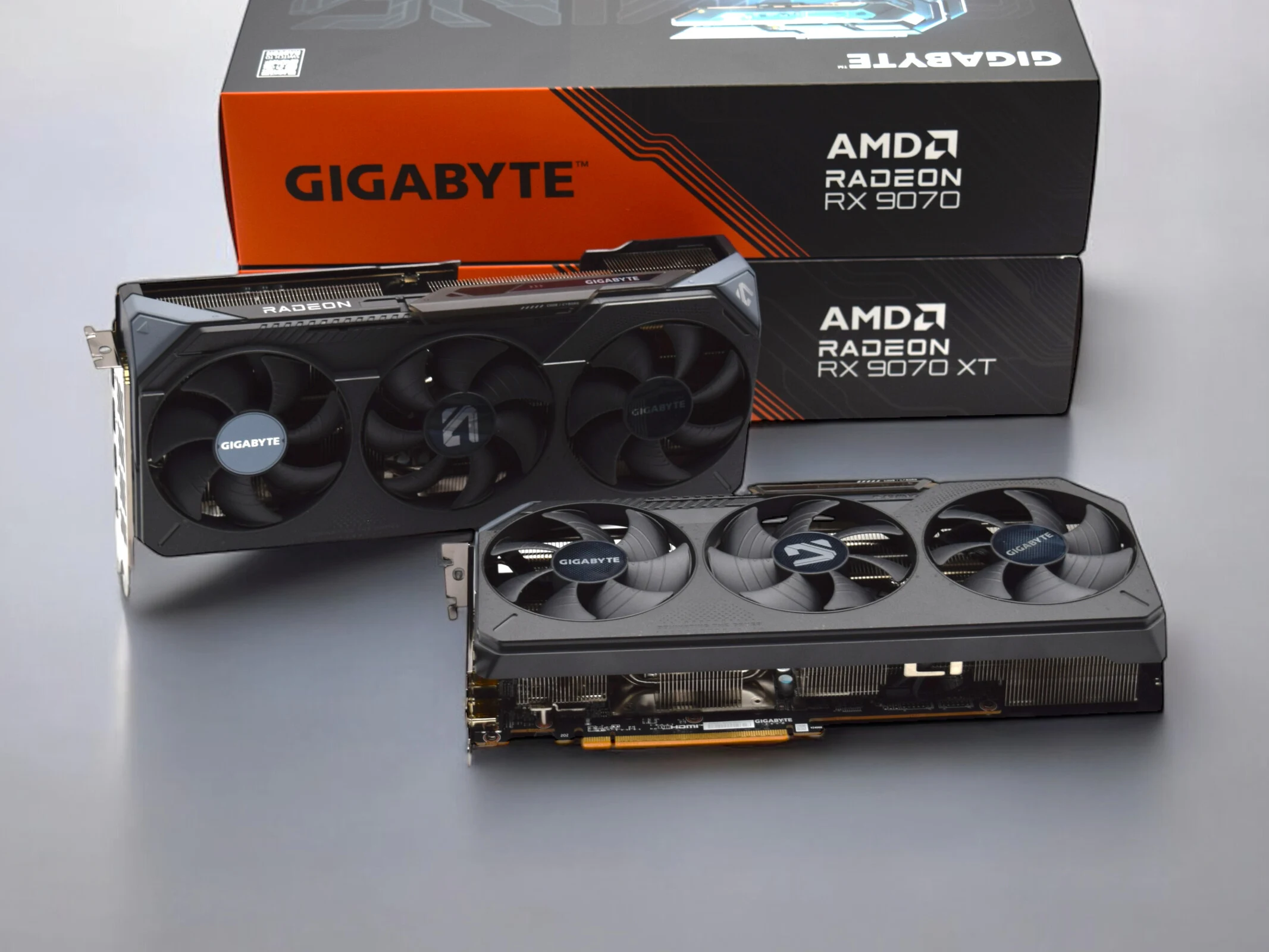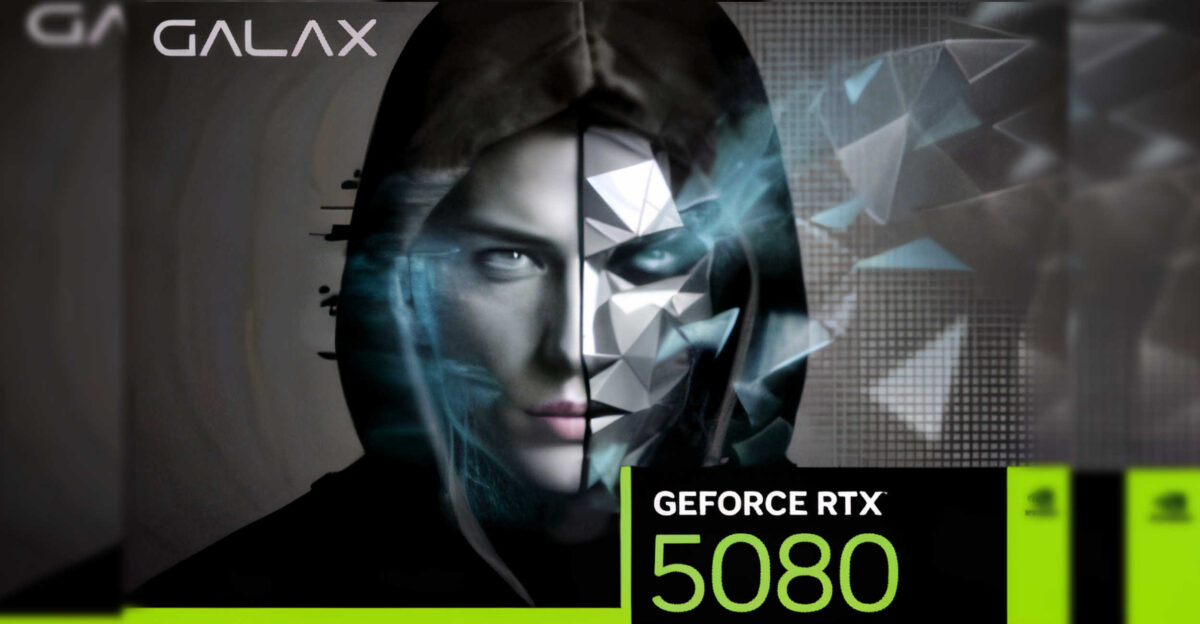Key Takeaways
1. The AMD Radeon RX 9070 XT is nearing its suggested retail price of $599 after a five-month period.
2. Initial market prices for the RX 9070 XT exceeded expectations due to high demand and limited MSRP cards.
3. Demand for the RX 9070 XT has decreased, leading to prices approaching $600 for some AIB cards.
4. Retail prices for the RX 9070 XT vary widely, with some listings still above $700.
5. Future price drops are likely as demand fades and new GPU models from Nvidia and AMD are expected soon.
While it took about 5 months, the AMD Radeon RX 9070 XT is finally nearing its suggested retail price of $599. When AMD launched this card in March, the RX 9070 XT was expected to be the best graphics card deal on the market, especially since its competitor, the RTX 5070 Ti, was priced much higher at $749.
Pricing Issues
Unfortunately, the RX 9070 XT didn’t achieve the success AMD hoped for, as the actual market price was far from the $599 figure they announced. This wasn’t because of any shortage on AMD’s side; reports suggested they had plenty of RX 9070 XT cards ready. The ongoing rise in the RX 9070 XT’s price might’ve been due to demand significantly surpassing supply, along with a smaller number of MSRP RX 9070 XT compared to non-MSRP AIB cards.
Demand Decrease
It appears that the demand for the RX 9070 XT has dropped enough that AIB cards are finally approaching the $600 mark. Data shared by TechEpiphany on X reveals a decline in price for the ASRock Radeon RX 9070 XT Steel Legend. The card is now priced near $600.
This trend aligns with current GPU prices at retailers like Best Buy, where the RX 9070 XT has been available for significantly under $700. Nevertheless, there are still many RX 9070 XT cards that are excessively priced. For example, the lowest priced RX 9070 XT on Newegg is around $699.99, whereas Amazon lists it for about $719.99.
Future Price Predictions
According to TechEpiphany, this drop in RX 9070 XT street prices is attributed to a “fade” in demand. If this is accurate, prices might continue to decrease, especially since Nvidia and AMD are expected to roll out additional GPU models by the end of this year.
Source:
Link



